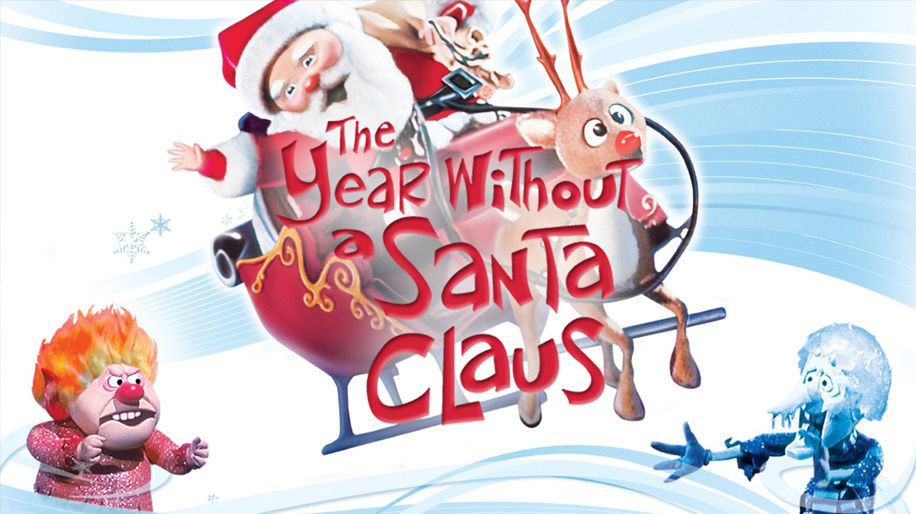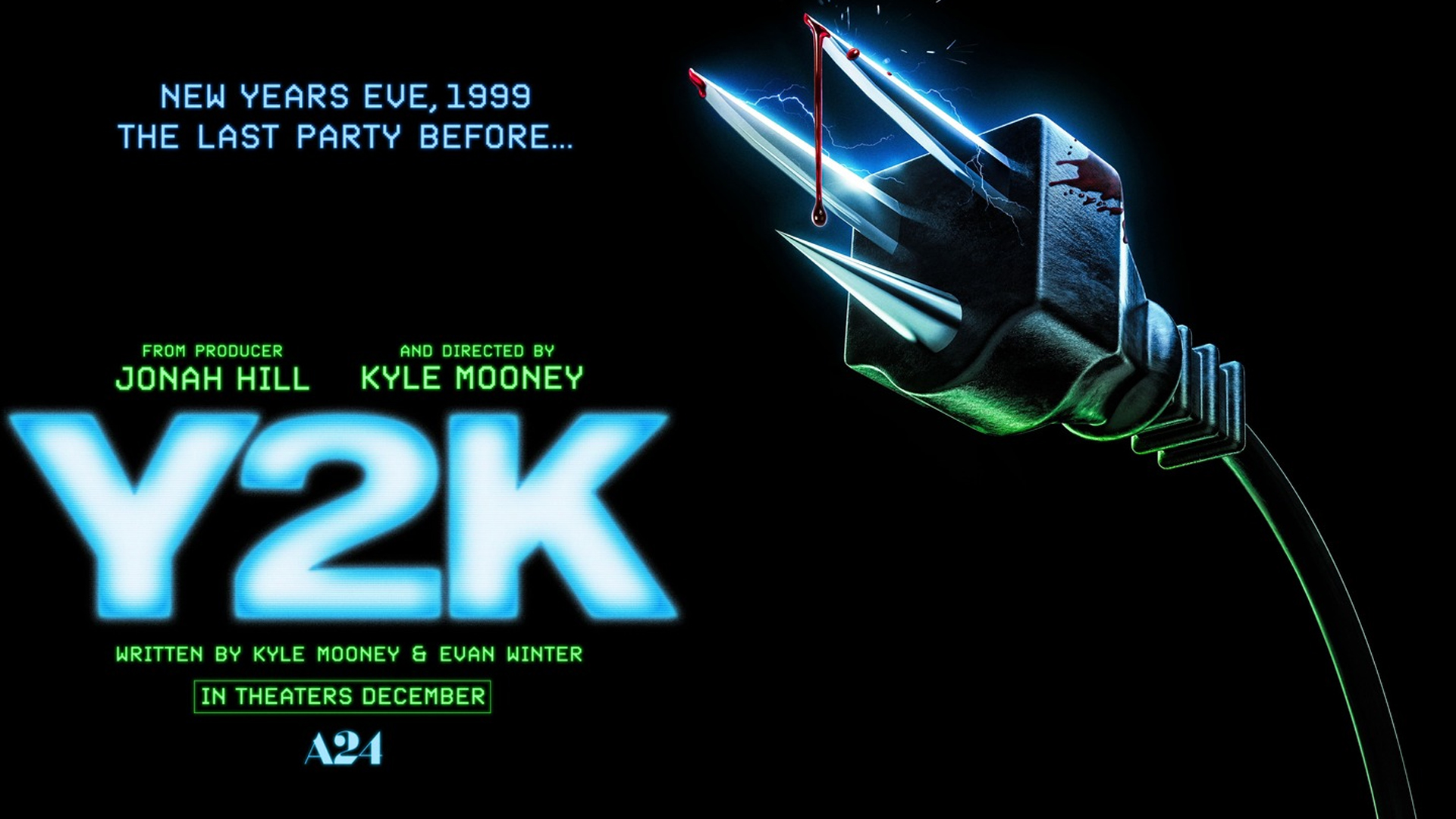Movie
Is This the Scariest Movie Ever?
It’s been called the scariest movie ever. Or the grimmest, bleakest, and most brutal. The post-apocalyptic drama; Threads, has only been aired three times, its premiere in 1984 (appropriate year), 1985, and 2024 for its 40th anniversary. Threads has also been made available on streaming services. The anniversary has stirred up memories from its initial release which has been dubbed ‘the night Britain did not sleep!’
Threads is a BBC-produced TV movie which explores what would happen if a nuclear bomb was dropped on the English city of Sheffield.
The film is structured like a documentary; with a voiceover speaking to the audience in a clipped, received pronunciation BBC English. The narrator speaks over what is possibly stock footage of a spider weaving its web, or its threads. The narrator explains how in urban society everything connects and how we all rely on one another’s skills to survive. Ominously the narrator points out how fragile these threads are.
THREAD 1 – FAMILY
The film then cuts to our two leads Ruth (Karen Meagher) and Jimmy (Reece Dinsdale). These two young lovebirds are in a car over looking the Sheffield countryside. A fighter jet flies overhead as Ruth remarks how “peaceful” it is. We follow Ruth Beckett and Jimmy Kemp as they navigate an unplanned pregnancy.
The film plays like a ‘kitchen sink drama’. I have heard ‘kitchen sink’ described as an ‘anti-Hollywood’ where everyone has their natural teeth and skin texture. The film looks similar to a British soap opera.
Whilst the narrative at this point just skirts around somewhat boring, it is clear something is playing out globally in the background. We see it on newspaper covers and hear snippets on radios and TVs. There is a situation unfolding in the Middle East with tensions building between the Soviets and the USA. Troops are mobilized and more importantly, nuclear warheads are moved.
And then it happens.
THREAD 2- SECURITY
At almost 50 minutes in, the bomb finally drops. The literal bomb that is. The omnipresent narrator tells us it is 8.30 am in the UK meaning it is 3.30 am in Washington DC; Western response will be at its slowest.
The bomb scene is incredibly powerful. This is where the ‘kitchen sink’ realism really comes into its own. It looks like any other British high street but people are running around screaming looking for shelter amidst the blaring siren. Children are being scooped up from their prams and the panic is palpable. Infamously one businesswoman is staring up at the blooming mushroom cloud rising above the city, the camera pans to see urine running down her trouser leg and pooling at her 80’s white heels.
There is constant screaming as buildings explode, windows smash, and curtains catch fire.
Text informs us that 210 megatons in total fell on the UK with an estimated 2.5 – 9 million casualties.
THREAD 3 – SOCIETY
Ruth exits her parents’ destroyed house to look for Jimmy. In her old neighborhood she is greeted by a horrendous sight. The whole street looks like that of The Blitz; with dead pets and both parents and children looking for each other. A shell-shocked woman covered in ash asks Ruth; “have you seen our Mandy?” she is proffering what looks to be a child’s coat, as if Mandy forgot her coat when going outside to play. A charred corpse with perfect white intact teeth (probably dentures) is embedded into a building. A staring woman is clutching the burnt remains of her infant.
After this, the horrific scenes come thick and fast.
Food has become the new currency and food stores are protected by force. It is here we see the figure who has haunted many viewers nightmares. The armed traffic warden with the bandaged face. Played by an extra who actually was a traffic warden in real life!
Hospitals are overrun with the injured. The harried staff are using sheets as bandages and table salt to disinfect contaminated water. Doctors resorting to amputation with no anesthetic.
THREAD 4 – CHILDREN
Ruth gives birth to a healthy child. A little girl named Jane. Ruth gives birth alone in a barn and has to bite through the umbilical cord. Later, on Christmas Day no less, a group of survivors gathers around a fire in the barn looking like a macabre nativity scene.
But what sort of world has Ruth brought her daughter into? We are told it is ten years later and society has returned to medieval times with the nuclear winter and UV damage affecting the crops. Jane does not call Ruth ‘mum’ only ‘Ruth’ and has no reaction when Ruth finally dies. Are the people in this society so profoundly broken by the sheer amount of loss and trauma that they can no longer form familial bonds? Has that thread been cut?
There is clearly little regard for human life anymore. Jane walks past three corpses hanging in the foreground paying them no attention. Is this a mass suicide or an execution? The corpses are also bare. Have people stolen their clothes to protect themselves from the harsh nuclear winter? Images such as these, shown for mere seconds can tell you so much about the situation.
THREAD 5 – LANGUAGE
In the second half of the film, there is barely any dialogue. Any words spoken by Jane and her peers are some strange form of pidgin English. Many fans have argued that language would not degrade that quickly. However, these children have been brought up by deeply traumatized parents (if they had parents at all). People barely speak anymore and death and disease are extremely common. Is it any surprise that mankind has been brought down to its most basic level? Or is this the cognitive effects of growing up around high levels of radiation?
Many fans comment how Threads gives no hope. But there appears to be a rudimentary school system-cum-workhouse with Jane and her peers watching an old educational video. Although the last scene definitely takes away from the tepid hope we are shown.
SO IS IT SCARY?
Well….as I had heard about the film through cultural osmosis I knew what to expect. I appreciate that during the 80’s, living in the fog of the Cold War, a nuclear holocaust was looking more and more likely. Having a film at that time showing exactly what it would look like if it were to happen in a typical British city would be horrifying.
With the film being set up as a documentary speaking to some unknown in the future, it is interesting when you are watching from the future. Before COVID I would think it was so unrealistic; the way a lot of people didn’t take the crisis seriously until they were practically underneath the bomb. Now I know differently. Everything is fine until it’s not and we don’t tend to tackle a crisis until it is right on our doorstep. Like Mr Kemp with his trousers down on the loo as the bomb went off, we are so ill-prepared. And all the systems (or threads) in place that you thought would protect you, such as the government, are just ill-equipped.
It is an extremely well-done film especially when I learned the budget was £400,000 (about 1.2 million today). The acting is superb and I can see why it’s such an iconic film. In today’s current climate Threads is more relevant than ever. Would highly recommend it.
Five Stars.
Movie
‘Mufasa: The Lion King’ Will Leave You Breathless

“Mufasa: The Lion King” is a visually stunning addition to the beloved Lion King franchise, offering a fresh and emotionally resonant take on the origins of one of Disney’s most iconic characters. The film beautifully explores Mufasa’s journey, balancing heartfelt moments with touches of comedy that lighten the mood and make the story accessible to audiences of all ages. The animation is breathtaking, capturing the vibrant landscapes and lush environments of the Pride Lands, adding depth to Mufasa’s character and his relationships.
The storytelling is compelling, effectively pulling at the heartstrings while providing insights into Mufasa’s character before he becomes the legendary king. However, the setup for Scar’s betrayal feels somewhat underdeveloped, lacking the deeper motivation that could have enriched their complex brotherly relationship. This missed opportunity leaves a slight gap in understanding Scar’s actions, which could have elevated the dramatic stakes.
The musical score is impressive, featuring memorable songs that enhance the emotional impact of pivotal scenes. While there are several standout tracks, one song, in particular, resonates deeply and is sure to linger in viewers’ minds long after the credits roll. Overall, “Mufasa: The Lion King” is an amazing film and a worthy addition to the Lion King lore that manages to deliver both laughter and tears, offering a rich tapestry of storytelling that fans will appreciate.
Movie
Is ‘Kraven the Hunter’ a Total Letdown?

“Kraven the Hunter,” directed by J.C. Chandor, aims to introduce a beloved Spider-Man villain to the big screen, but unfortunately, it falls short of expectations. The film suffers from noticeable issues, notably an overuse of ADR (Automated Dialogue Replacement), which detracts from the authenticity of the characters’ interactions and contributes to an uneven audio experience. This technical flaw is compounded by rough storytelling that feels disjointed and lacking in coherence, leaving viewers struggling to connect with the narrative.
Aaron Taylor-Johnson delivers a commendable performance as Kraven, showcasing the character’s gritty nature and complex motivations. His portrayal has potential, and it’s evident that he could elevate the character far beyond what is presented with a stronger script and direction. However, the absence of Spider-Man, a central figure in Kraven’s lore, leaves a void that the film struggles to fill. Without this critical connection, the plot meanders and fails to create the tension or stakes that fans of the superhero genre crave.
Additionally, including Rhino as a villain feels like a missed opportunity; he is presented more as a gag character with limited screen time, undermining any sense of threat or depth. For the average moviegoer, “Kraven the Hunter” might entertain but ultimately feels like a mediocre viewing experience. Comic book fans, however, may find disappointment in this lackluster attempt to create a solo character film. Instead of an exhilarating dive into Kraven’s world, the film presents a watered-down version, leaving audiences wishing for a more cohesive vision that honors its comic book roots.
Movie
A Brief Review and History of A Year Without a Santa Claus

A Year Without a Santa Claus, the 1974 stop-motion holiday classic produced by Rankin/Bass, is a heartwarming and whimsical tale that has cemented its place in holiday traditions. Based on Phyllis McGinley’s 1956 book, the story revolves around a disheartened Santa Claus who, feeling unappreciated, decides to take a year off from his Christmas duties. It’s up to Mrs. Claus and a pair of well-meaning elves, Jingle and Jangle, to reignite the Christmas spirit and show Santa the world’s unwavering belief in him.
The movie is beloved for its unforgettable characters, especially the bickering Miser Brothers, Snow Miser and Heat Miser. Their catchy, vaudeville-style musical numbers, “Snow Miser Song” and “Heat Miser Song”, are so iconic they’ve become cultural touchstones, often parodied and celebrated decades later.
Directed by Arthur Rankin Jr. and Jules Bass, the film continues the duo’s tradition of stop-motion magic, blending heartfelt storytelling with quirky humor. The voice cast, featuring Mickey Rooney as Santa and Shirley Booth as Mrs. Claus, delivers standout performances. Booth’s warm narration was her final acting role before retirement, adding a layer of poignancy to the film.
Initially released on December 10, 1974, on ABC, the special didn’t immediately achieve the legendary status of Rudolph the Red-Nosed Reindeer. However, it gained a dedicated following through annual holiday airings, nostalgic appeal, and its distinct charm.
The film’s themes of hope, unity, and rekindling joy remain timeless, making it a perennial favorite for audiences of all ages. Its blend of humor, catchy songs, and a touching message about believing in magic and goodwill ensures its enduring legacy during the holiday season.
For fans of holiday classics, A Year Without a Santa Claus is a must-watch that never fails to warm hearts and spread cheer.





